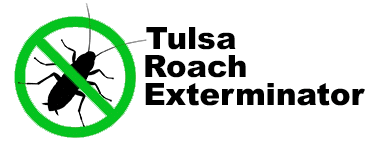Ant bait and liquid applications are two common methods used for controlling ant infestations, and each has its advantages and considerations:
Ant Bait:
How it works: Ant baits consist of a toxic substance mixed with a food attractant. The ants are attracted to the bait, consume it, and then carry it back to the colony, where it is shared with other ants, including the queen. This process can help eliminate the entire colony.
Advantages:
Targeted approach: Ant baits specifically target the colony, leading to long-term control.
Low toxicity: Baits generally have lower toxicity levels compared to some liquid insecticides, making them safer for use around pets and children.
Minimal environmental impact: Ant baits are less likely to contaminate the environment compared to liquid insecticides.
Considerations:
Slow-acting: It may take some time for ant baits to be effective, as the bait needs to be carried back to the colony and shared.
Selection of bait: Different ant species may be attracted to different types of baits, so it’s essential to choose the appropriate bait for the specific ant species.
Placement: Proper placement of bait is crucial to ensure that ants find and consume it.
Liquid Application:
How it works: Liquid insecticides are applied directly to ant trails, nests, or areas where ants are present. The insecticide kills ants on contact or upon ingestion.
Advantages:
Fast-acting: Liquid insecticides can provide quick knockdown of ant populations.
Immediate results: Ants that come into contact with the insecticide are killed on the spot.
Versatility: Liquid insecticides can be applied both indoors and outdoors and can target specific areas of infestation.
Considerations:
Potential toxicity: Some liquid insecticides may have higher toxicity levels, requiring caution when using them, especially in areas accessible to pets and children.
Short-term solution: Liquid applications may provide immediate relief from ant infestations but may not always address the underlying colony.
Reapplication: Liquid insecticides may need to be reapplied periodically, especially in outdoor environments where they can degrade due to weather conditions.
In summary, ant baits are typically preferred for long-term colony control, while liquid insecticides may offer more immediate results but may require more frequent applications. The choice between the two methods depends on factors such as the severity of the infestation, the ant species involved, and preferences regarding toxicity and environmental impact.
2 / 2
